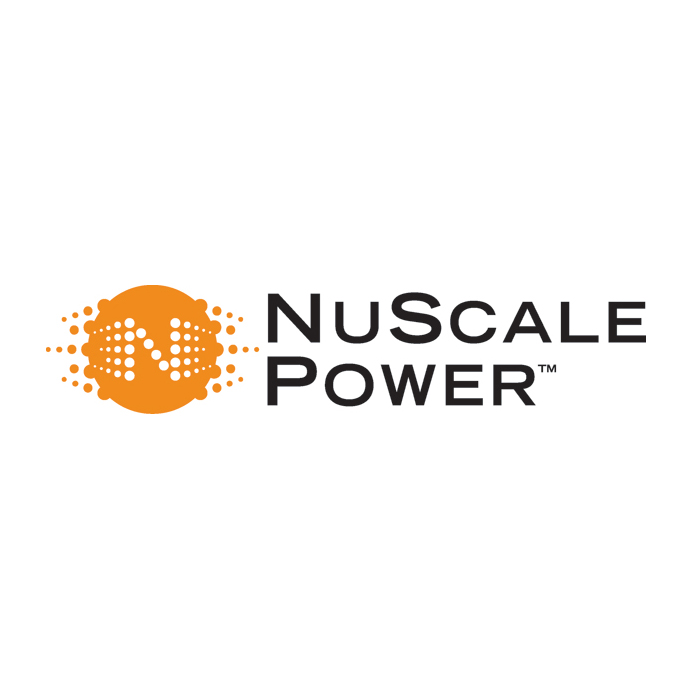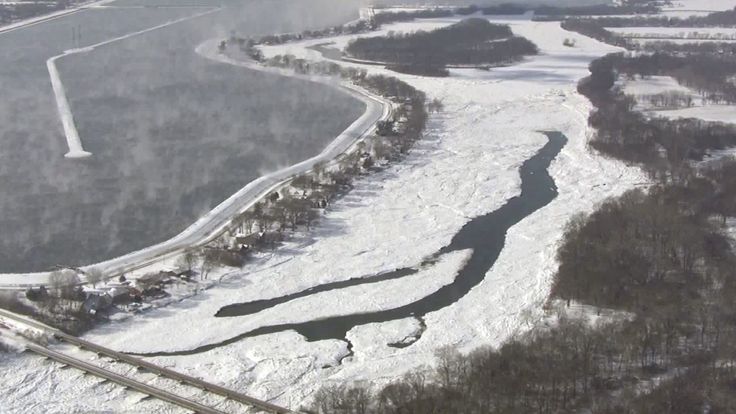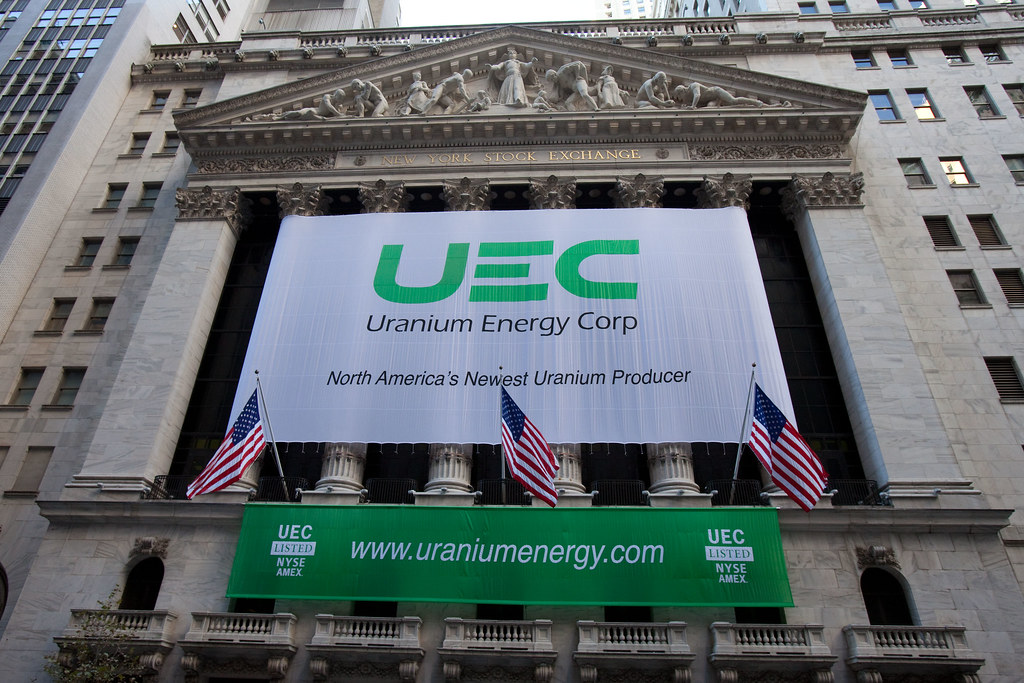
In a recent setback for the advanced nuclear industry, NuScale, the pioneering company that secured a design certificate from the Nuclear Regulatory Commission (NRC) for its 77 MW Power Module SMR, made headlines when it terminated its Carbon Free Power Project (CFPP) with the Utah Associated Municipal Power Systems (UAMPS). The ambitious project, which aimed to deploy NuScale SMR units near Idaho Falls, faced insurmountable challenges and ultimately failed to attract sufficient subscriptions, leading to its cancellation. This development, coupled with the retreat of X-Energy and Ares Acquisition Corporation from a $1.8-billion deal, has cast a shadow over the promises of next-generation nuclear technology.
NuScale’s Journey and the CFPP Termination
NuScale, having received accolades as the first new nuclear company to obtain an NRC design certificate, saw a significant setback with the termination of its CFPP collaboration with UAMPS. UAMPS, serving 50 community-owned power utilities in the Western United States, aimed to build NuScale SMR units by 2029. However, the project faced challenges, including a reluctance among UAMPS members to pay for power from the project, exacerbated by NuScale raising the target price to $89/MWh in January, up from the initial estimate of $58/MWh. This setback led to NuScale’s shares plummeting by 37%, raising questions about the viability of advanced nuclear projects in the current market conditions.
The State of the Advanced Nuclear Industry
The cancellation of the CFPP project has ignited a broader conversation about the challenges facing the advanced nuclear industry. The Breakthrough Institute, in a scathing critique titled ‘Advanced Nuclear Energy is in Trouble,’ points out five key areas posing mounting challenges for the industry:
- High Interest Rates and Commodity Prices:
The last couple of years have seen high-interest rates and commodity costs, impacting the industry due to long project lead times. Nuclear supply chains, subject to tight regulations, struggle to rebuild, affecting project timelines and costs. - Constrained Supply Chains:
Stringent regulations force nuclear supply chains to track materials from certified mines to certified manufacturers, adding complexity and delays to projects. - Regulatory Regime:
Large nuclear reactor regulations are applied to small reactor designs, irrespective of their suitability. This one-size-fits-all approach hampers innovation and competitiveness. - Project Costs vs. System Costs:
While delivery costs for small nuclear projects may be relatively low, safety regulations – stricter than other energy projects – elevate system costs. This makes it challenging to compete with fossil fuels and renewables. - Fuel Production Challenges:
Advanced nuclear fuel production, once outsourced to Russia, is being hastily reassembled in the United States. Delays in this process have forced developers to push back commercialization timelines.
The Investor Conundrum
Despite nuclear power gaining recognition as an ESG investible asset and benefiting from government schemes such as the U.S. Inflation Reduction Act, which provides subsidies through Production Tax Credits (PTC) and Investment Tax Credits (ITC), the advanced nuclear sector is facing a funding gap. The lack of focus on commercial aspects by developers and a seemingly overemphasis on technology has left investors wary. The recent failures, including NuScale’s contract termination and X-Energy’s market retreat, serve as warning signs for potential investors.
Looking Ahead
The challenges facing the advanced nuclear industry prompt a critical evaluation of its trajectory. Fiona Reilly, CEO of energy consultancy FiRe Energy, emphasizes the need for developers to shift focus from technology to the commercial aspects of their projects. The NuScale and X-Energy setbacks highlight the importance of efficient and effective project management, risk assessment, and financial planning.
As the international nuclear community calls for a tripling of capacity by 2050, it becomes imperative to address the hurdles hindering the progress of advanced nuclear technologies. The industry must strike a balance between innovation and practicality, demonstrating that projects can be built efficiently and commercially. Only then can ambitious targets be set, paving the way for a sustainable and impactful future for advanced nuclear energy.







